All about Delosperm and its cultivation
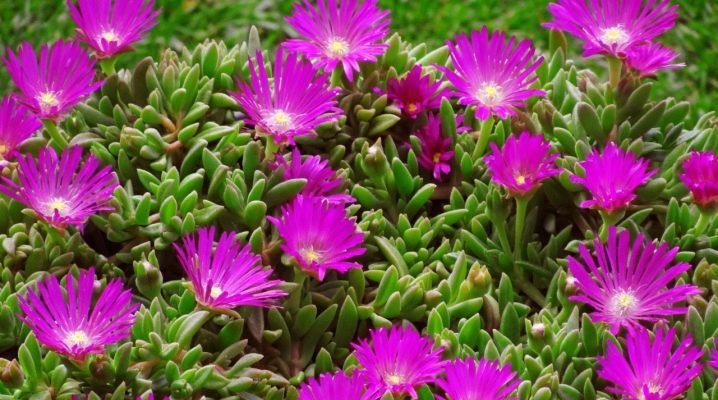
Due to the variety of colors and shapes, semi-shrub delosperm is often used in the design of flower beds, alpine slides, and borders. Let's talk about how to choose the right variety, take care of the plant, and protect it from pests and diseases.
Description
An interesting name for succulent comes from the combination of two words: "visible" and "seed". And all because the seed boxes do not have a shell and when ripe they expose their seed material. Representatives of the Aizov family grow mainly in Africa. Delosperma is sometimes called an ice plant because all parts of the flower secrete calcium crystals. Flickering them in the sun creates the effect of ice crystals.
The plant belongs to the genus of perennials, it is falling, erect, creeping. Scientists claim that delosperm has more than a hundred varieties, from herbaceous to woody. There are even frost-resistant varieties. In height, the plant reaches from 7.5 to 15 centimeters, and grows in width to 1 meter. The corrugated sheet plate comes in different shapes: from flat to cylindrical.
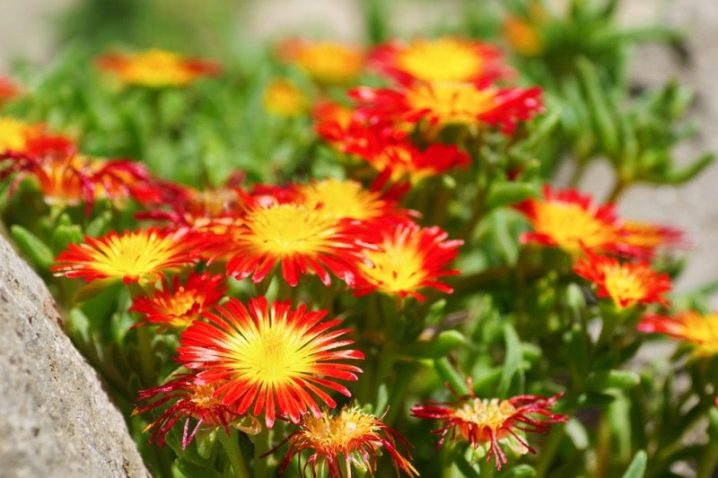
Succulent blooms for a long time, the entire spring and summer period. At the same time, the flowering is uneven: the flowers can open in clusters or singly. The color scheme is varied: from raspberry to white and pale pink. It is interesting that in such a miniature plant, the size of the flower sometimes reaches 4 centimeters.
On a flower culture, throughout the entire flowering period, a large number of buds are observed, which are in the shape of a ball and have many tiny needle-like petals. The color is varied. Now there are varieties with a rainbow color transition.
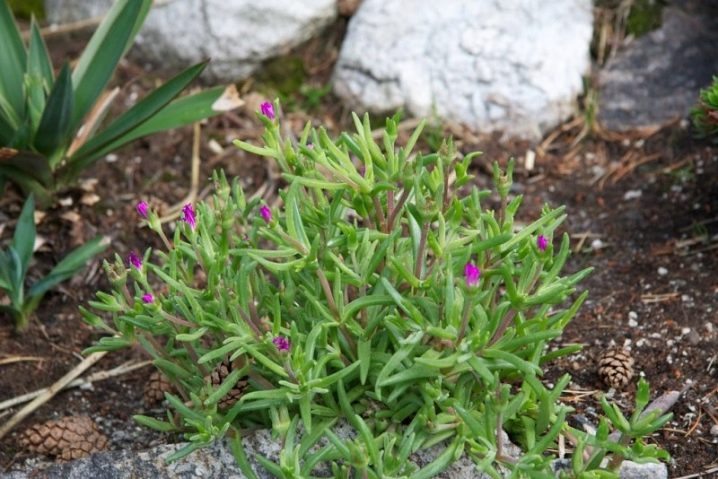
Popular types
Among the many types of flower culture, there are not only those that are cultivated in the garden. Some varieties of delosperm are grown only at home, in a pot.
Very interesting view - delosperma echinatum or prickly... Its main difference is that the plant is all covered with hard thorns. The thorns cover the surface so tightly that it gives the impression of a succulent gray shade. The flowers of the culture are yellow, with single inflorescences. Sometimes it grows up to 40 centimeters.
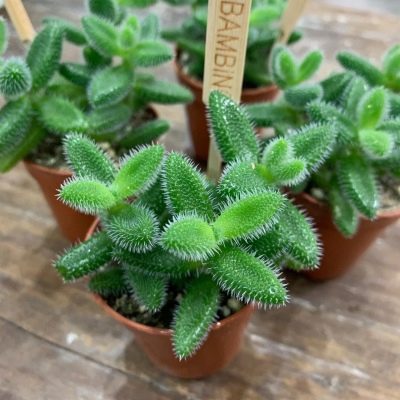
The variety Fire spinner there is an interesting feature. Its buds have a different and unique color: yellow stamens are replaced by a white stripe at the base of the core, which gradually turns into a purple circle. The center of the petals is framed by a purple hoop, and the ends are colored orange. Flowering is always stormy, and the foliage has an emerald hue.
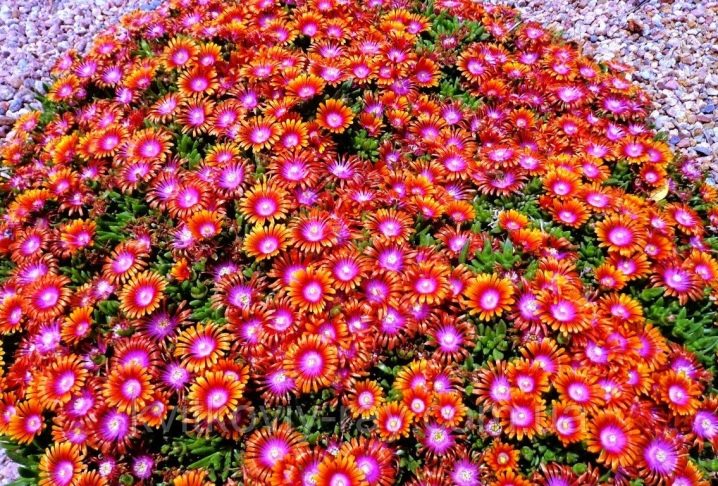
Variety Brunnthaleri has a root system in the form of tubers. Long bloom, in the form of pink flowers with a diameter of 2 centimeters. The shrub itself can reach a height of up to 40 centimeters. The leaf mass sits firmly at the base on short lateral branches.
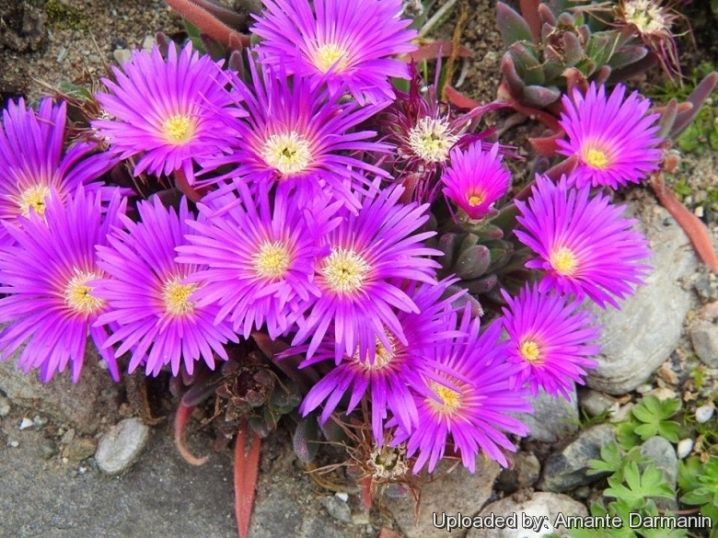
Delosperma Bossera - succulent plant for indoor cultivation. The flowering is inconspicuous, the subspecies has pale inflorescences. The root system is powerful, pivotal, reminiscent of parsley root. Fleshy leaf plates are arranged in pairs on the stem, have an elongated shape.
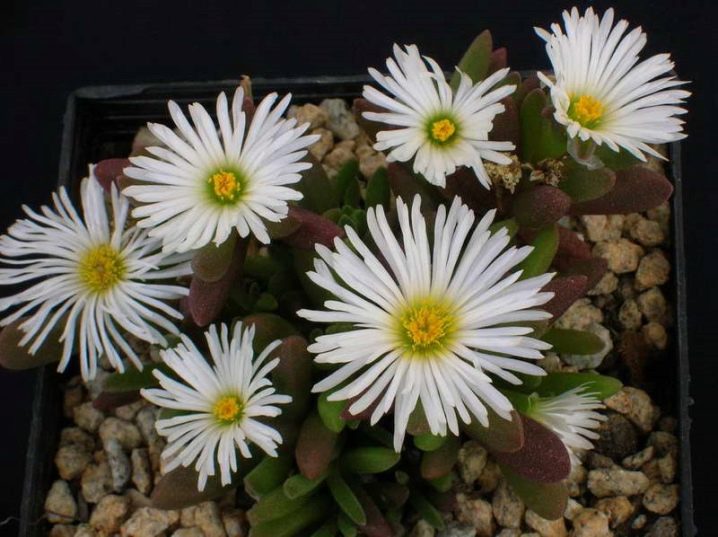
Consider the equally popular plant varieties.
Profusely blooming
This variety has a beautiful color: oblong petals are white in the middle, and the edging at the edges is either pink or purple. Already in the first year of planting, you can observe the beautiful blossoming inflorescences.The subspecies is cultivated as an annual.
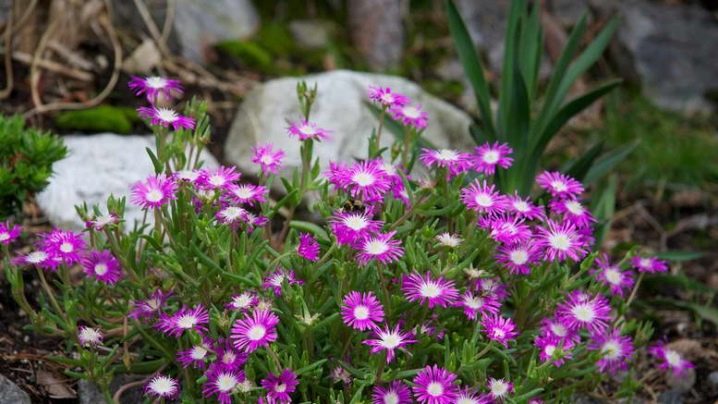
"Star dust"
The perennial plant is most often used for growing in outdoor flower gardens. But it is a thermophilic succulent, so it needs shelter for the winter. The middle of the inflorescence is white, and the edges are pink. There are varieties with purple hues.
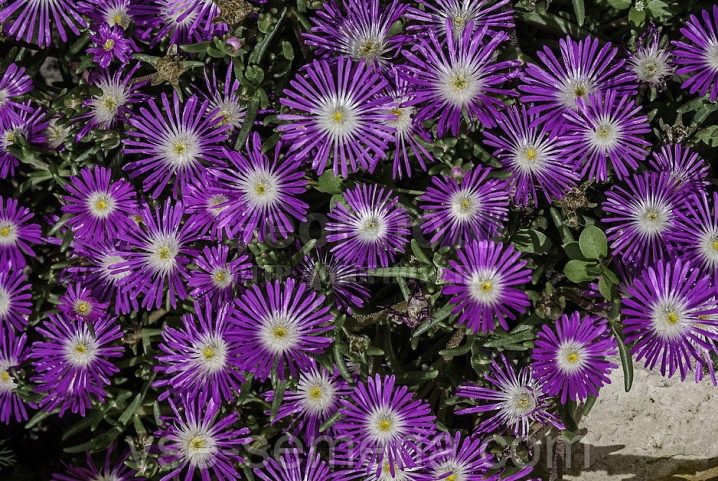
Cooper
A fairly tall representative of the Aizov family, reaches a height of 15 centimeters, and grows in diameter to 50 centimeters. Withstands light frosts. The inflorescences resemble constellations: silky shiny petals are painted in a creamy yellow color. That is why the subspecies is also called Cooper's Delosperm "Constellation". In diameter, the bulk of the flowers reaches 50 millimeters.
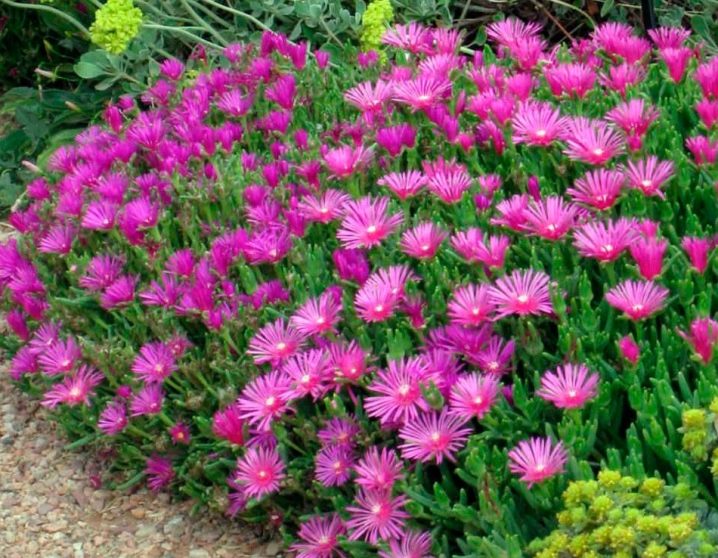
Twisted
The species is highly resistant to cold and frost. The flower plant acquires lush forms thanks to the green mass. It blooms in May with yellow flowers. By autumn, the color of the leaves changes from green to burgundy.
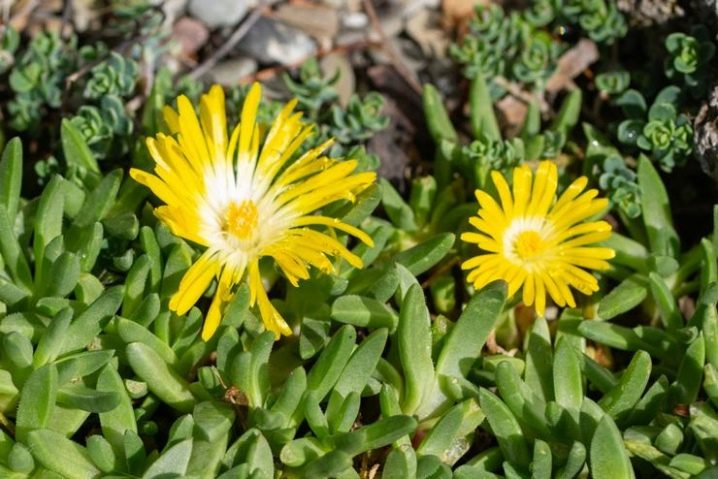
Tradescantia
This subspecies is interesting in that its long shoots spread over the surface of the earth. Some gardeners grow such delosperma in pots or on an alpine slide, because its stems originally hang down. In appearance, it is similar to Tradescantia: delicate white flowers appear from the axils of light green elongated leaves.
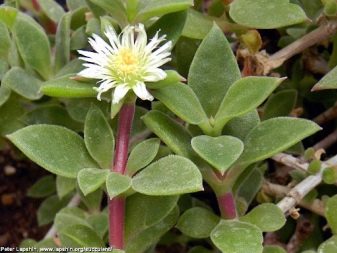
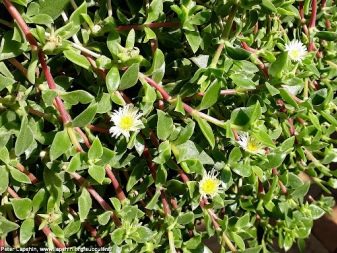
Dyer
This type of delosperm produces peach-colored inflorescences. It is often grown at home or in a greenhouse. It tolerates severe frosts - up to minus 30 degrees.

Pearl
This instance has several varieties, the main difference between which is the color of the flowers:
- "Ruby" differs in violet-red colors;
- "Opal" has purple inflorescences;
- "Garnet" grows with a white heart and ripe pomegranate-colored petals.
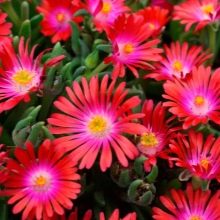
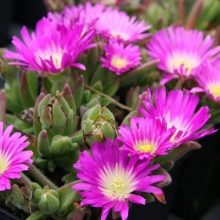
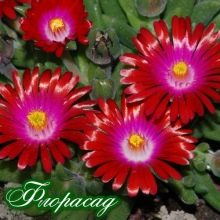
Cloudy
Thanks to its creeping stems, the culture does not grow more than 10 centimeters. Compact greenery is not afraid of severe frosts. The color of the inflorescences varies from yellow to deep orange.

Sutherland
All greens, including the stem, are covered with light fluff. The flowers have a slight purple tint, and the core is yellow. It tolerates frost well.

Lehman
This variety is mainly cultivated at home. The green foliage is similar in shape to a pyramid. The flowers are inconspicuous, have a pale yellow color.

Landing
As it was already written above, when ripe, the seeds with a box are very visible. After the first rain or dew, the contents of the capsule spill out. With self-propagation, the grains are rolled over a distance of up to 1.5 meters.
But the seeds can be harvested before the capsule opens. As a rule, the contents with seeds are cut off, dried in a warm place, and with the onset of spring, the grains are sorted, planted in a container to obtain seedlings.
The soil for a flower culture should be crushed and loose, with the addition of sand, peat.

The flower culture is planted with seedlings in open ground in autumn or spring... For these purposes, choose an area with direct sunlight. If planting is planned in the spring, it is recommended to immediately add a complex of mineral fertilizers for flower crops. So the succulent quickly adapts to new conditions. In the Urals and Siberia, a plant is planted in July, so it can take root until winter.
After planting, it is recommended to water everything well. Allocate space for planting with a margin, because the flower culture is growing at a rapid pace. Saplings are planted at a distance of 30 centimeters from each other.
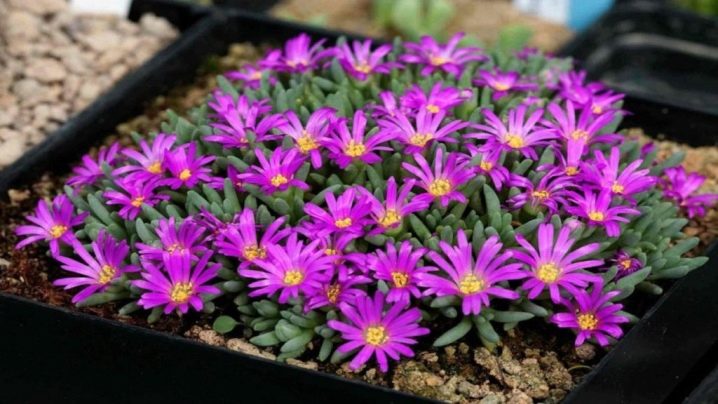
Care
In order to grow a healthy strong plant, it is recommended to feed it. Mineral fertilizers are diluted according to the instructions, watered gently over the entire planting area. Moderate watering is recommended: in hot summer, irrigate once a week, and the rest of the time - once every two weeks... The fact is that the flower culture does not like excessive waterlogging, its roots begin to rot.
Succulent responds very well to heat, it can even tolerate +40 degrees. But the optimal temperature regime for him is +27 degrees. Any humidity will do. But the houseplant is best moisturized. Timely weed removal is an obligatory item in cultivation., because they pull on all the moisture, give an extra shade, which has a bad effect on the appearance of the plant.
Mulch - an excellent way to maintain the moisture content of the soil composition. Chopped leaves mixed with aged bark are considered the best choice. Young seedlings need special care: they need to be protected from the scorching sun and drafts.
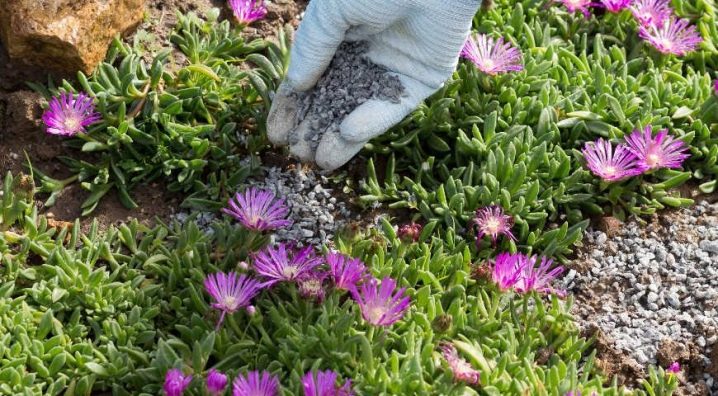
Of course, most of the delosperms are frost-resistant, but it is better to prepare the succulent for wintering. It is recommended to stop watering the vegetation by mid-September. After the first frost, it is necessary to decompose the middle layer of mulch (up to 5 centimeters) from spruce branches or straw.
Plants are pruned with the arrival of spring. It is no secret that some species grow rather quickly and cover large areas with a green carpet. Sanitary pruning is also needed. It allows you to get rid of dried leaves and flowers that have already wilted. Remember to use a sharp and clean instrument.
Keeping at home is slightly different from caring for a plant outdoors. When choosing a container for planting, it is worth considering the moment that the plant is growing quite actively, in a year it can outgrow its container. Therefore, it is better to pay attention to wide containers.
A succulent needs a lot of sunlight for proper development, so it needs to determine a permanent place in the west or south side of the house. It is best to replant in spring. The frequency of transplants is once every three years... For such purposes, it is better to choose a soil mixture marked "for succulents" or "for cacti". When transplanting, do not forget about drainage.
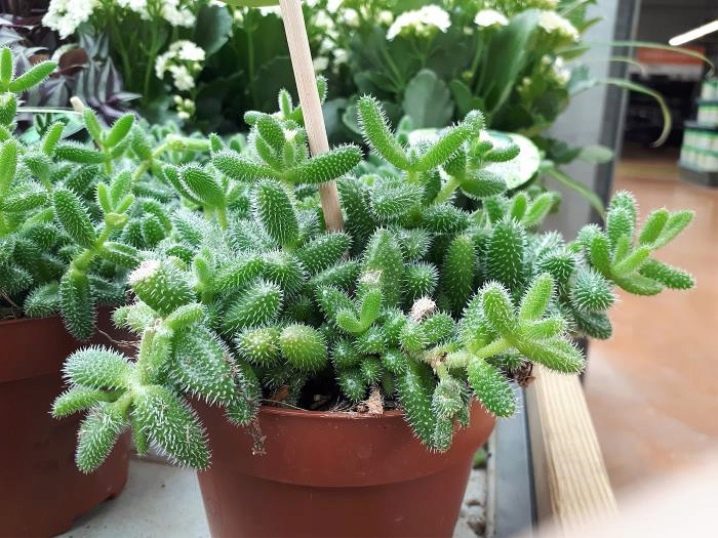
With the onset of winter, the plant rests. Therefore, rare watering is recommended - once a month, as well as a decrease in the temperature of the content.
Reproduction methods
Reproduction of a flower crop from seed material is recognized as an effective and simple way. Sowing seeds is carried out in late January or early February.
Seeds are best before planting stratify... Peat and snow are sent to the finished container, and seed material is laid out on the surface of the substrate. The container is covered with polyethylene to create a greenhouse effect. In a cool place, a pot of crops is kept for a couple of weeks.
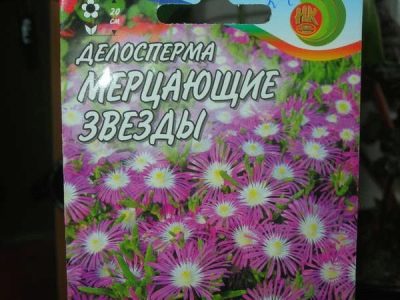
After the first shoots have appeared, the film is removed, and the greens are gently watered with warm water. When 4 leaves appear, shoots can be dived. Picking is a very important point. After all, if you plant not fully formed plants, then they can easily die. And if you miss the moment and the succulent will have a large amount of greenery, then the creeping shoot will be difficult to transplant. The pick goes into the same soil as before. After transplanting, careful watering is recommended strictly at the root. Landing in open ground is allowed to be carried out at the end of frost.
It is better to collect your seeds, which are finally ripe.... So far, it is difficult to find varietal delosperm seeds in Russian stores. Most often, flower growers order sachets from foreign flower shops.
Cutting can be carried out only in adult plants, but during the entire period of growth. For this, cuttings are cut, seated in separate containers, watered with extreme caution. The main part of the cuttings grasps quickly and grows. There is another way: the cuttings are placed in a glass of water, waiting for the formation of small roots. After that, they can be planted in a permanent place.
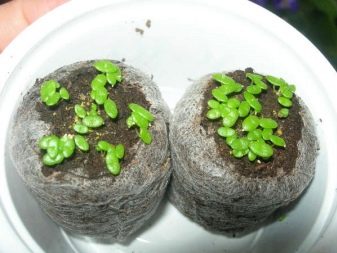
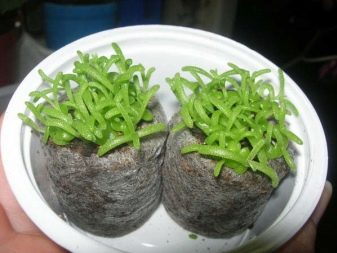
Sometimes they use the division of the bush, carrying it out during transplantation.This is quite easy to do: the plant must be removed from the container, divided into parts, sorted into suitable containers.
Diseases and pests
Delosperma is not afraid of pests, and diseases affect it very rarely. The only point: with improper care or excessive watering, the plant can rot. This disease is called black leg. First, rot affects the roots, then the stalk and leaf plate. In this case, it is no longer possible to help the plant. First, growth stops, then wilting begins, a change in the color of the succulent. Therefore, it is important to comply with all agrotechnical care measures.
Sometimes pests attack the plant. If suddenly a small amount appears aphids, then you can try the treatment with a solution of water and laundry soap. It is best to take 10 liters of hot water for 15 grams of pureed soap. When the appearance mealybug it is more convenient to use "Cypermethrin". Spider mite collected with wet cotton wool, and then the plants are treated with acaricidal agents.

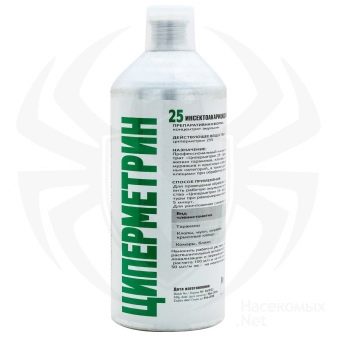
Application in landscape design
All varieties of Delosperm are great for growing in parks and rock gardens. They quickly grow like a lush carpet, which adds a special flavor to the design. The plant is often cultivated as a decoration for loggias and balconies.
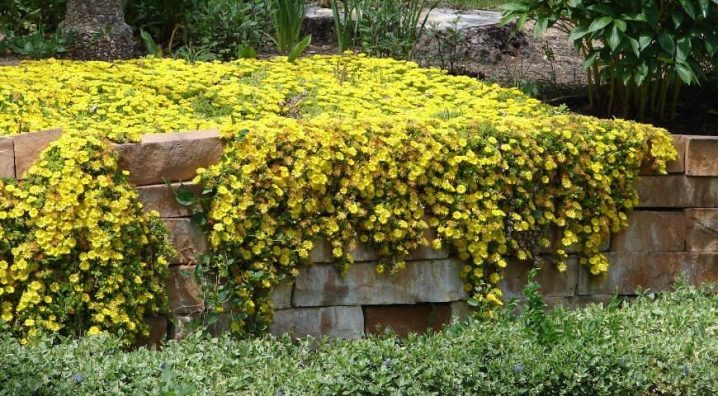
Succulents such as purslane, sedum, and rejuvenation get along well with culture. It's also a good idea to use it in container plantings. In the southern regions, the subspecies is grown in an original way: in retaining walls, between stones.
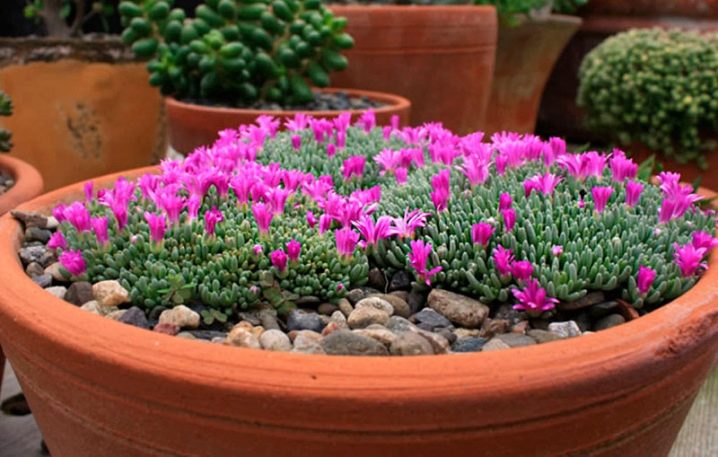
The ideal option for planting delosperm will be in rockeries, rock gardens, next to artificial waterfalls and hilly areas. Delosperma, under any circumstances, is able to decorate the area, fit into the design. She perfectly adapts to all conditions of detention.
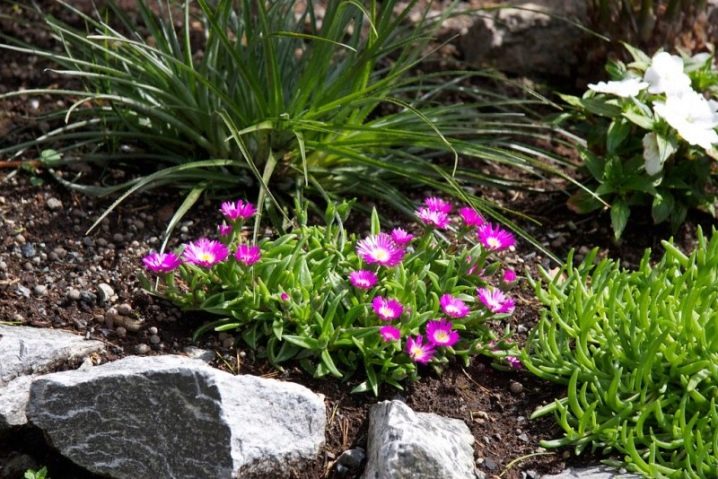













The comment was sent successfully.